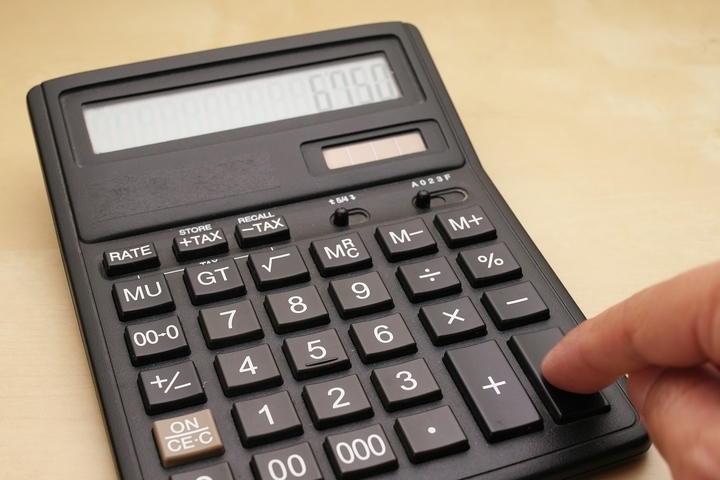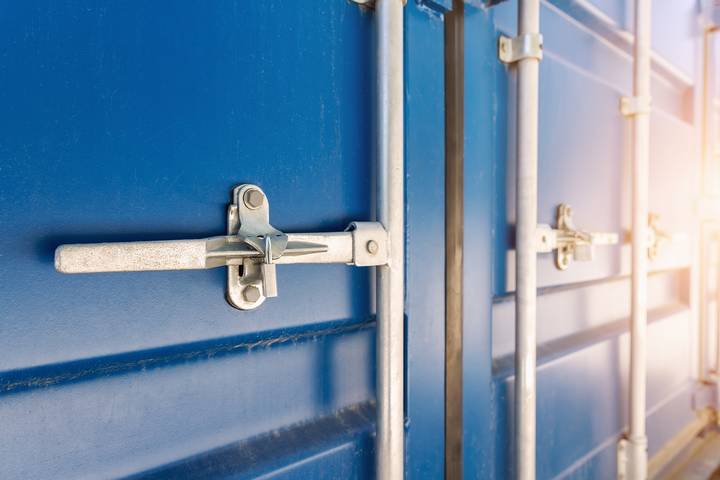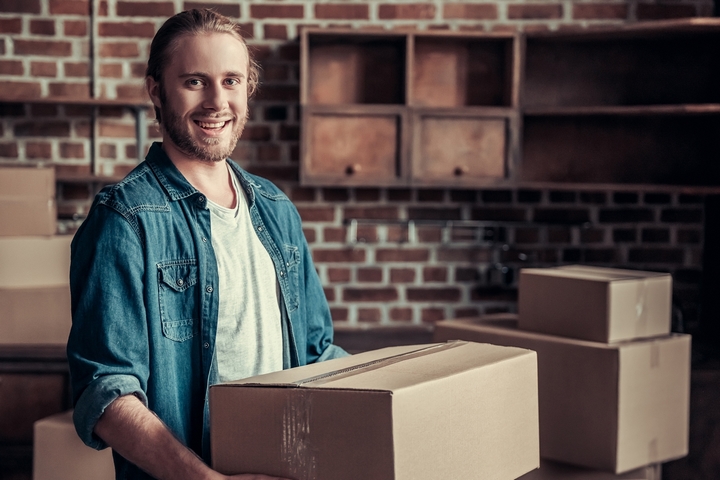6 Best Long Distance Moving Tips and Tricks
Moving far away can mean many things: new adventures to look forward to, new restaurants to discover, new friends to make, and new memories to experience. On the other hand, it can also mean loads of anxiety, moving stress, and feeling awkward and disoriented in a foreign place. The moving process is often the hardest part— having to pack up your life in one space just to unload it in another.
For some moves, you can throw your belongings in a couple of suitcases, pack a couple of boxes, make a few trips back and forth, and call it a day. When you have to take a plane or a long car ride to your new home, things can get a little bit messier. Do not fret, though! We have curated several tips and tricks to make long-distance moving considerably easier. You can look forward to your new adventures with as minimal anxiety as possible.
Here are the six best long distance moving tips and tricks:
Long Distance Moving Tip #1: Create a schedule or timeline

A long-distance move is not a process you can complete whenever you want— several people involved need to know what is happening and when. Your family, your hired movers, your new landlord, your new neighbours, your real estate agent, etc. Creating a timeline the moment you decide to move will help you ensure you are not rushing the process the night before.
Because a long-distance move often requires you to limit your move to only one trip, you need to ensure that you have everything you need before hitting the road, as you may not have the chance to return. Note down the dates you want to go shopping, have your things packed, contact your movers, change your legal address, and all the other small details involved in planning a move. The more detailed, the better!
Long Distance Moving Tip #2: Create a budget

Like a timeline, a budget is necessary to ensure your move is as smooth as possible. You do not want to be stuck in your new home without the proper budget to purchase furniture for the place! Start budgeting as soon as you decide to move; that way, you will have the time you need to collect and save up.
Plan for unexpected events by creating an emergency fund: if a box of important electronics gets wet in the rain, you have the money to replace them if necessary. Allocate funds for every part of your new life: rent, mortgage, food, decoration, movers, storage boxes, cleaning supplies, etc.
Long Distance Moving Tip #3: Portable storage containers

When moving long distances, portable storage containers are your best friend. They will save you the hassle of having a million small cardboard boxes (many of which can get soaked in the rain!) and the pressure of moving everything across the city, country, or world by yourself.
You simply load your items (big or small) into the storage unit at home and then meet them at your new home! This simplifies the moving process, allowing you to focus on important things, like where the nearest slushies are.
Long Distance Moving Tip #4: Start packing early

Packing early will save you so much stress as you are nearing your move. As the date to move out of your home rolls around, you will thank your earlier self for packing up boxes a couple of weeks (or even months) in advance.
Perhaps it is springtime, and you are planning on moving in August: pack your winter clothing first and set it aside. That way, you are packing away items you know you will not wear and taking that burden off yourself later.
Long Distance Moving Tip #5: Create a packing list

Following the theme of the point above, create a packing list to ensure that you are not missing anything. This also ensures that you have everything you need.
Maybe you need a first aid kit for your new home, but you just finished the one you have at home and forgot to purchase a new one. A packing list would solve just that! You can find many templates online— combine multiple to ensure you are not missing anything and are good to go.
Long Distance Moving Tip #6: Wrap well

Long-distance moves are tough for not only the people moving but also the things being moved. It is important to keep them as safe as possible by wrapping them well. For items, you deem not fragile (think: plastic or wood), wrap them anyways! They can often damage other, more fragile items just by bumping into them.
If you have soft items such as pillows, blankets, and clothing, you could use that to stuff your plates and prevent them from breaking during the move. Bubble wrap will be your saviour. If you are unsure if you need to wrap something, wrap it anyways. Better safe than sorry.

